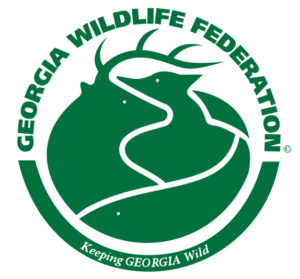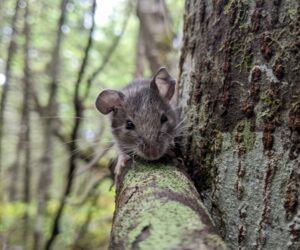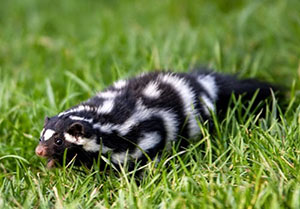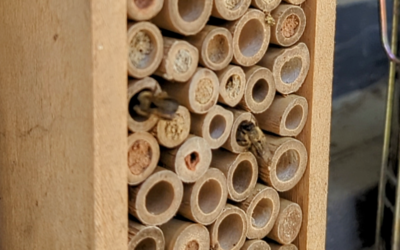Private Lands Stewardship Program
Private Lands Stewardship Program – Wildlife Habitat Technical Assistance
Georgia Wildlife Federation’s wildlife biologist is available for AT-NO-COST forestry and wildlife habitat management assistance to Georgia landowners. Our team will perform One-on-One property visits with landowners to assess conditions and objectives, natural history and then provide management recommendations for:
- Establishment of new forest stands
- Prescribed fire planning
- Identification of plant species valuable for wildlife and methods for promotion
- Identification of problematic invasive species and methods for control
- General silvicultural suggestions for stand enhancement that will enhance wildlife habitat quality
Additionally, given the range-wide ecological importance of longleaf pine restoration, this program emphasizes establishing, managing, and maintaining longleaf pine where applicable. This effort expresses the importance of wildlife habitat that occurs within longleaf pine systems
For more information on enhancing wildlife habitat on your property or establishing and managing longleaf pine, contact jbowers@gwf.org. To schedule a property visit, please complete the survey below. Know your land and understand the wildlife. See what the GWF Private Lands Program can do for you.
Our program for restoring wildlife habitat and longleaf pine on Private Lands in Georgia is supported by a grant from the National Fish and Wildlife Foundation’s Longleaf Stewardship Fund in partnership with Southern Company, USDA Natural Resources Conservation Service, and USDA Forest Service.
Secret Life of S’mammals
A conversation between two small mammal researchers: Dr. JT Pynne (Georgia Wildlife Federation) and Ivy Yen (PhD Student at the University of Maine). Most plants grow from seeds, but how do those seeds get there? Seed dispersal is the method by which plants spread...
read moreStinky Handstands and Other Eastern Spotted Skunk Facts
By Emma Alligood and Dr. JT Pynne The eastern spotted skunk, Spilogale putorious, is a once prevalent species throughout the eastern US and Midwest. Now, the species population is down more than 90% due to habitat loss, fragmentation, and land use change. Sightings...
read morePrescribed Fire Benefits Bees
By: Dr. JT Pynne What do you think of when someone says pollinators? It may conjure up images of butterflies floating around a bush full of flowers, or honey bees buzzing away from a hive. These examples are great, but many different taxa are pollinators, including...
read more



